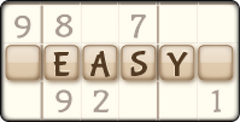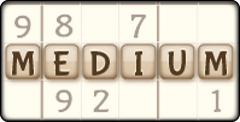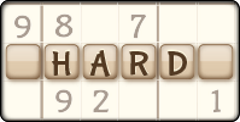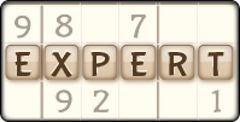Sudoku Rules: A Beginner’s Guide to Mastering the Basics
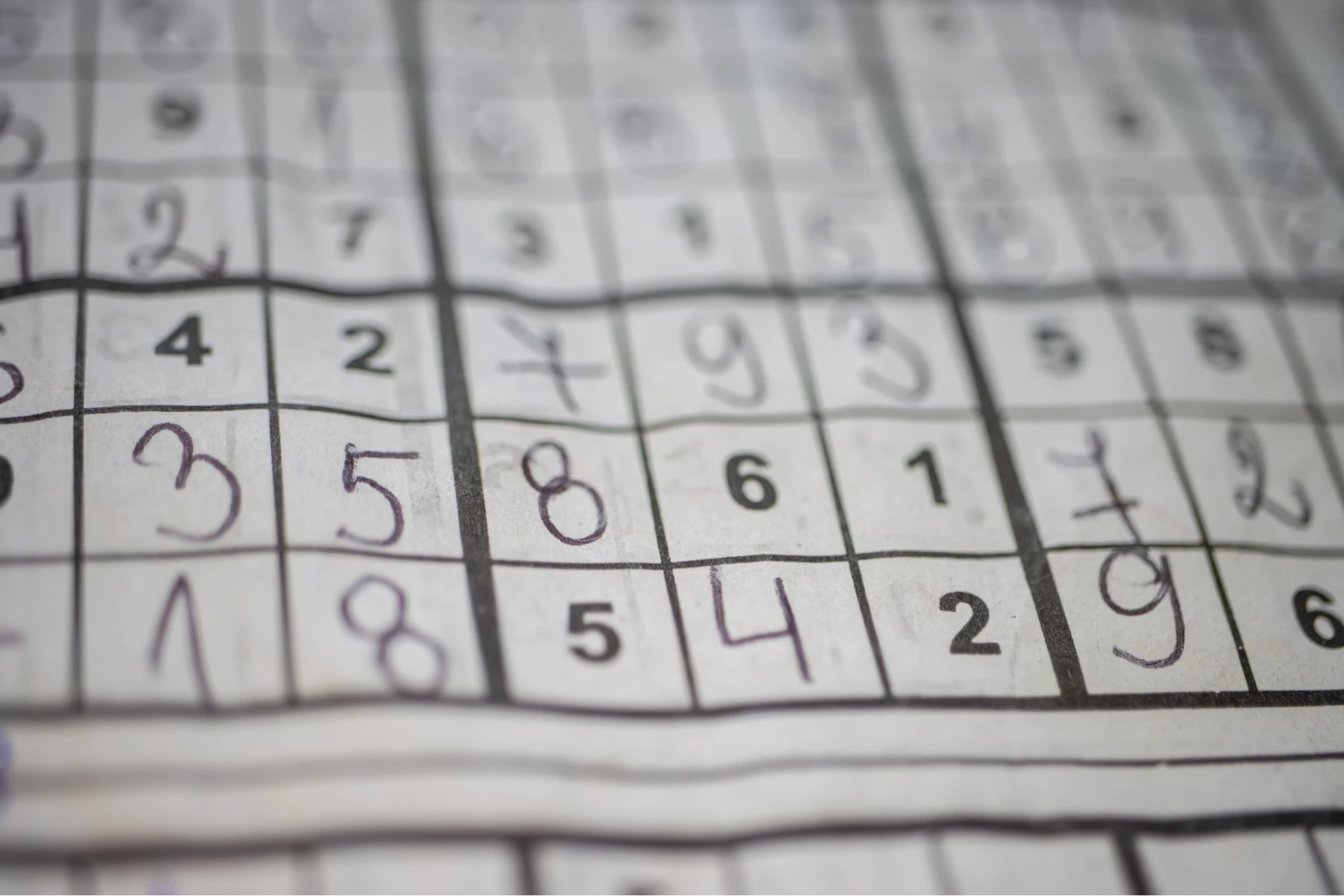
Sudoku is one of the most popular logic puzzles today, and completing puzzles regularly can provide benefits including improved concentration and better brain function. However, unlike crosswords or other logic-based puzzles, sudoku grids can feel like an alien language to a complete beginner.
If you don’t know where to start when you look at sudoku squares, then you’ve come to the right place – in this complete guide, we’re here to tell you everything you need to know about mastering the basics. Don’t worry, it’s a lot easier than it looks!
Understand Sudoku Grid
Sudoku is a grid-based number puzzle, and that grid can be one of the most daunting things about the game for many beginners. However, there’s nothing to fear – these grids will soon become second nature once you start to play.
Sudoku grids contain nine large squares, which are further split into nine mini-grids of 3x3 squares. Each of these mini-grids contains nine squares, meaning sudoku grids contain 81 boxes in total. Players must fill these grids with logical number sequences using the numbers 1-9 which must appear once within each 3x3 mini-grid, row, and column.
When a game begins, some of the squares are pre-filled, and you can use these numbers to start filling in blank squares. Easy sudoku puzzles will often have 17-22 prefilled numbers, and this amount reduces depending on the difficulty level of the game.
Basic Rules Overview
Like any game, there are rules in sudoku that can ultimately help you to understand gameplay and develop your techniques. Basic rules to bear in mind when you begin to play include –
- The rule of one: The rule of one refers to the fact that you can’t repeat any numbers within a mini-grid, column, or row. This can be useful for filling in missing spaces through power of elimination after filling the majority of numbers.
- The need for logic: Sudoku is a logic game, which means you should never guess numbers that could end up ruining the rest of your play. Always choose numbers through logical processes.
- Use a pencil (or play online): Using a pen to mark your sudoku answers could end up throwing your game, so always use a pencil to play, or play online where you can easily identify and delete wrong answers.
Key Strategies for Beginners
Sudoku is a game of logic, and players can utilize certain strategies to aid their gameplay. Some of these strategies are relatively advanced, but great strategies for beginners include –
Naked Singles and Hidden Singles
Naked singles are cells that only have one number candidate. Identifying these is one of the best beginner strategies, as they have a high incidence in the game and are relatively easy to fill. Hidden singles are also useful starting points, and occur when there’s only one possible position for a number.
Cross-Hatching
Cross-hatching is a strategy that involves focusing on each 3x3 square, detecting any missing numbers, and cross checking that information with other, completed squares across the grid.
Counting
A counting strategy quite simply involves counting across your grids, rows, and columns to see which numbers you have and identify any that are missing.
Common Pitfalls to Avoid
Some common sudoku mistakes can significantly hinder beginner progression. The top common pitfalls to avoid include –
- Guesswork: As previously stated, sudoku is a logic game not a game of chance. Avoid guessing answers at all times.
- Choosing a high difficulty level: Pre-filled squares are the main difference in sudoku difficulty levels. Always work to your skill level, and use as many pre-filled squares as you need to advance.
- Forgetting the bigger picture: The big picture of a sudoku grid can be daunting, but forgetting about this and focusing solely on mini-grids or singular rows and columns can result in careless mistakes or oversights.
Step-by-Step Example
A simple step-by-step example of sudoku gameplay might include –
- Familiarize yourself with your grid, including any numbers that are already filled. It can be useful to use one and two-direction scanning techniques here.
- Use pencil marks to begin trialing potential numbers using either numerals or representative dots.
- Start with easy hints, such as grids, rows, or columns with only one remaining number to fill.
- Look for naked or hidden singles and pairs, and use techniques like the process of elimination to fill additional spaces.
- Have fun!
Tips for Practice
Practice can significantly enhance your sudoku skills by improving your logic and helping you to more easily spot patterns and pairs. Of course, the best way to practice sudoku is to complete puzzles regularly, as this will keep your brain sharp and your skills strong.
Another great tip is to play online. Online games are great for taking anywhere with you, meaning you can easily pop in and out of games instead of getting overwhelmed in one sitting. Online options also make great learning tools because you can easily edit wrong answers, and may even be able to highlight mistakes so you can recognize them as they happen.
Other top practice tips to consider include working on your scanning techniques, which should aim to consider numbers that appear across a sudoku grid throughout each session, and moving on to more advanced sudoku puzzles as soon as you’re confidently filling beginner grids.
Helpful Tools and Resources
Sudoku’s popularity means there are plenty of helpful tools and resources that could ultimately develop your skills. Some of the best learning tools you’ll want to consider include –
- Sudoku solvers: Sudoku solvers use algorithms like backtracking to solve and explain sudoku puzzles. Using these tools can be a great way to develop your understanding, and begin recognizing sudoku solutions at a glance.
- Sudoku apps: Sudoku apps make it possible to take your game everywhere with you, and will often provide a daily puzzle, as well as useful hints and tips. Top sudoku apps include Puzzazz, Brainiam Sudoku, and Sudoku & Variants by Logic Wiz.
- Online Games: Online sudoku games like the ones here at 247sudoku are great for beginners because they include features like ‘allow errors’, and they also highlight mistakes in green as you go to inform better gameplay.
Building Your Skills
Everyone can master Sudoku if they put their minds to it, but not everyone can become an expert overnight. As with any game, building sudoku skills requires an ongoing commitment. It also requires an understanding of key strategies and how they operate, as well as plenty of practice both in your comfort zone and outside of it.
At 247solitaire, our accessible games and varied difficulty levels make it easier than ever to build sudoku skills on a strong and lasting foundation. So, press ‘start’ to become a sudoku pro today.
Sudoku Levels
Seasonal Sudoku Games
More Games
Sudoku News
Disclaimer
DISCLAIMER: The games on this website are using PLAY (fake) money. No payouts will be awarded, there are no "winnings", as all games represented by 247 Games LLC are free to play. Play strictly for fun.

